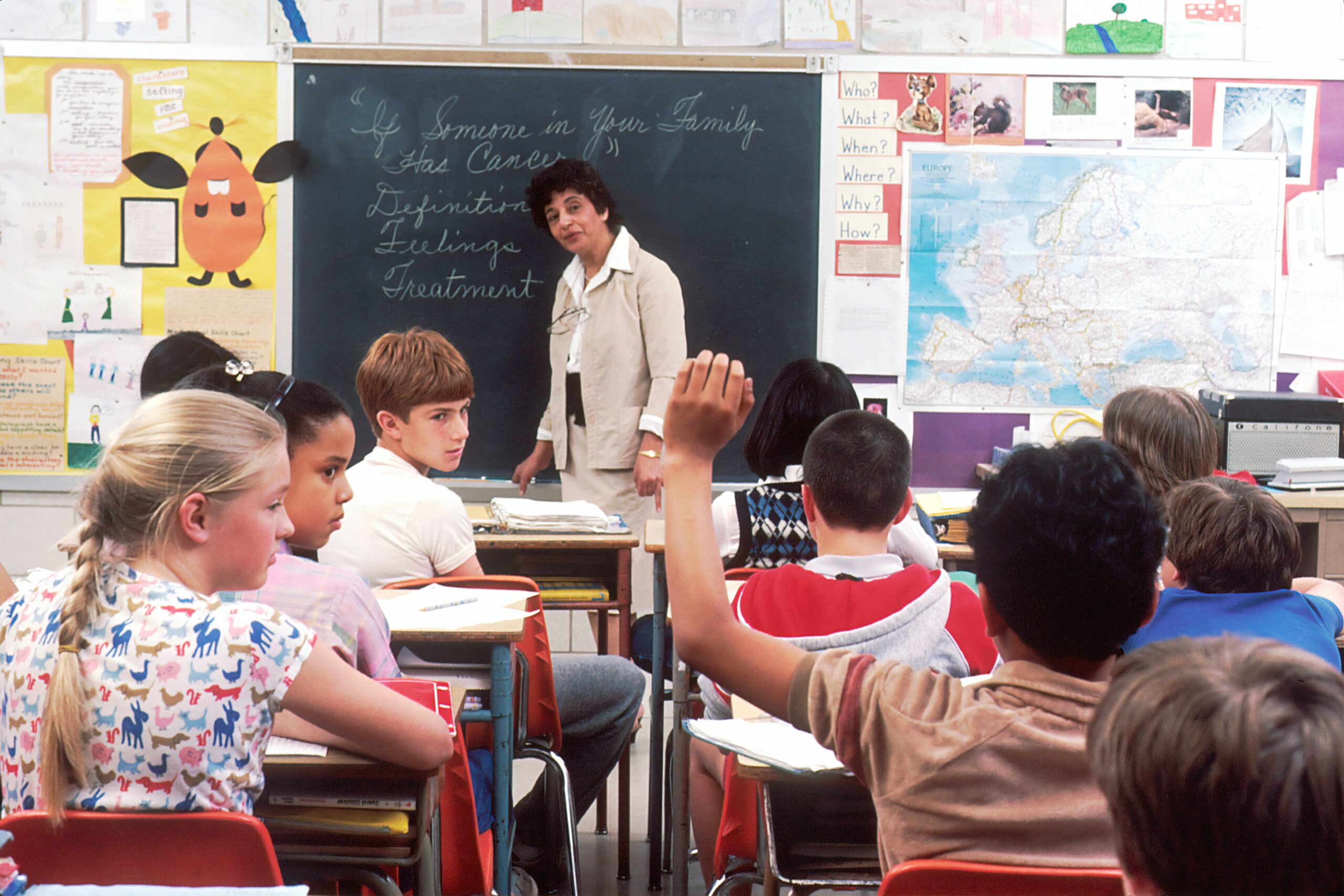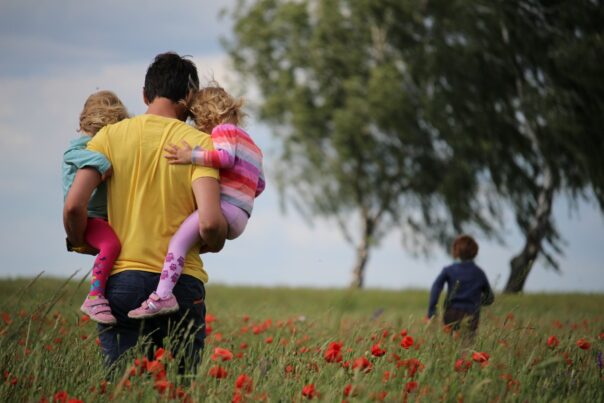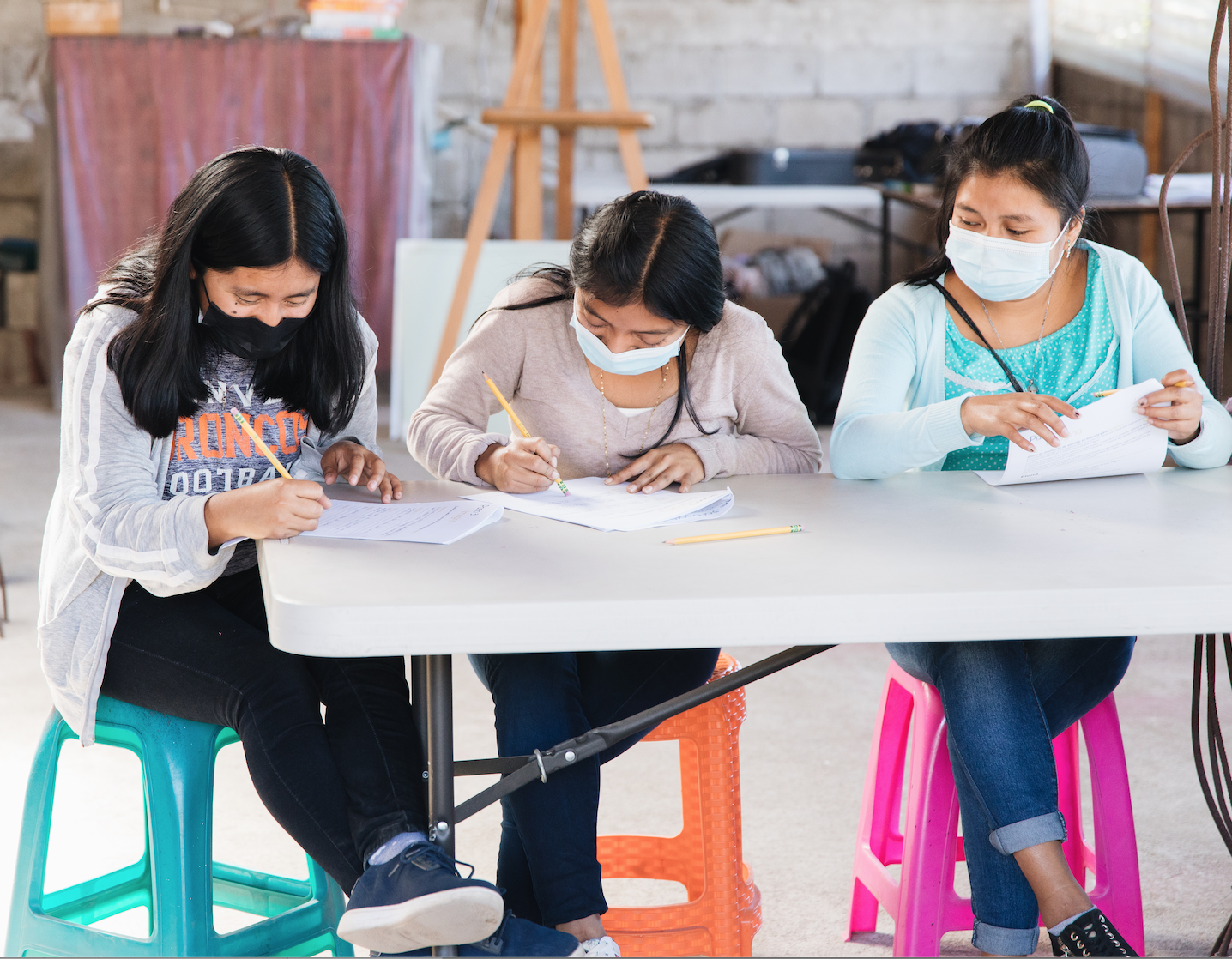
How The Imagine Project Helps Improve—and Even Stop—Bullying
Bullying continues to be one of the most pervasive challenges facing children and teens today. Whether it happens in school hallways, online, or on playgrounds,

Bullying continues to be one of the most pervasive challenges facing children and teens today. Whether it happens in school hallways, online, or on playgrounds,

Changing schools is a major life transition for any child. Whether it’s due to a family move, academic needs, or social challenges, the shift to

Kids are back in school again and most educators are acutely aware of the potential social emotional needs of students. The past few years have

In my fifth grade classroom during the peak COVID era—a hugless year of masks, social distancing and hand sanitizer, I had a student named Chloe

Every teacher wants their students to feel emotionally supported in their classroom–when a child feels emotionally stable, they can take in and learn information. The

Moving is not a simple, straightforward process that always goes according to plan. And if you have kids, you can expect a few unexpected surprises

It’s back to school time again and most educators are acutely aware of the potential social emotional needs of students. Last school year was a

We often associate wellness with physical health. However, wellness is described by the Global Wellness Instituteas the “active pursuit of activities, choices, and lifestyles that

Is Your Child Stressed? Caught up in our own challenging day-to-day lives, we often assume our children live a relatively carefree life without stress. But

Mental health means having emotional, psychological, and social well-being; when we think, act, and feel from a balanced perspective the majority of the time. Having




Join our community to get the latest tips, exclusive offers, and updates straight to your inbox. Don’t miss out—subscribe now and be the first to know!